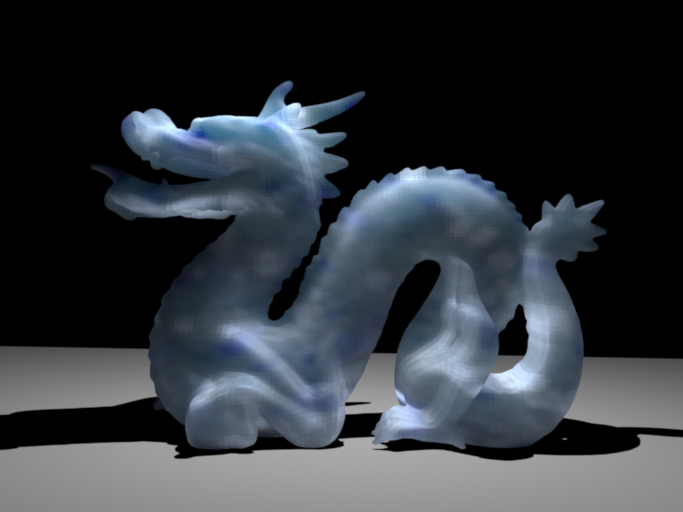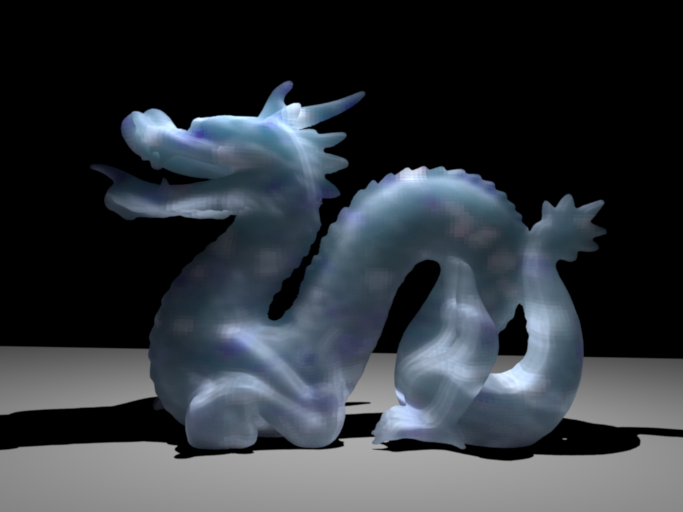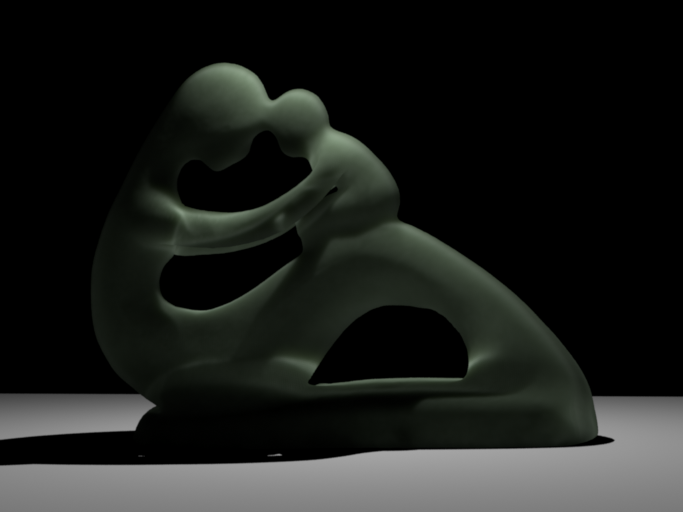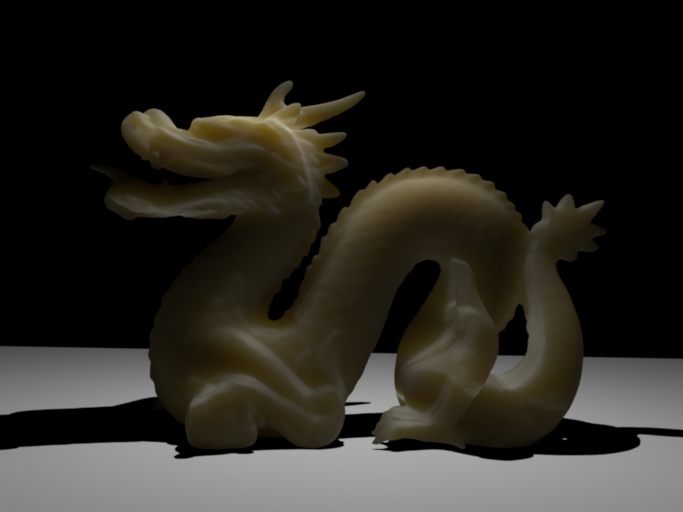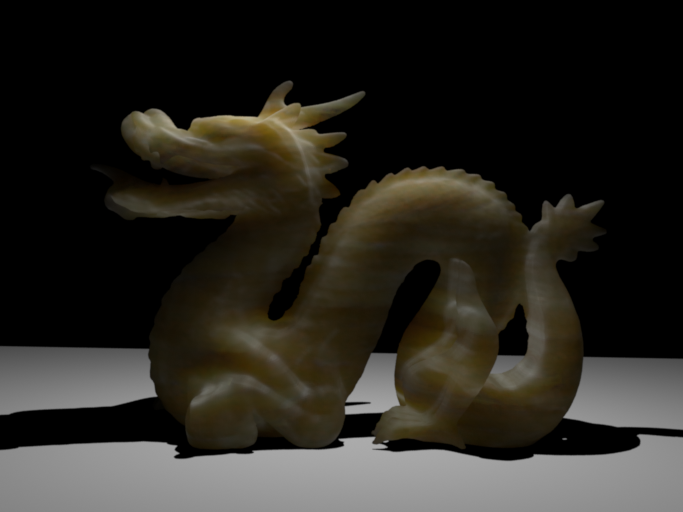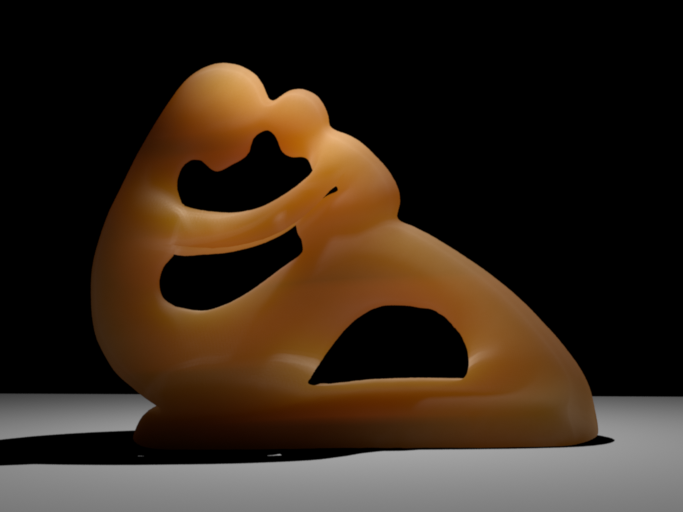GenSSS: A Genetic Algorithm for Measured Subsurface Scattering Representation
(Image Comparison)
Below we compare our subsurface scattering model against the reference image, Peers et al.'s [2006] subsurface scattering model, and SubEdit model [2009] at comparable data sizes. We also visually show the effect of adjusting the K term (i.e., the total number of terms) in our GenSSS representation. For higher disparity, the color-coded difference images were scaled by 10. Furthermore, we show response image and albedo image comparisons of well-known subsurface scattering representations at comparable data sizes. Finally, we show results from our application, which can be used to convert heterogeneous materials into homogeneous material representations.
◄ back to the publication web page
Jump to comparisons:
Comparison of our GenSSS representation with various K terms
The visual comparisons of our subsurface scattering representation with various K parameters. The scenes were rendered at 16 samples / pixel. From top to bottom: artificial stone, chessboard (8×8), marble (close up) and yellow wax materials on lucy, buddha, kitten and dragon objects, respectively:

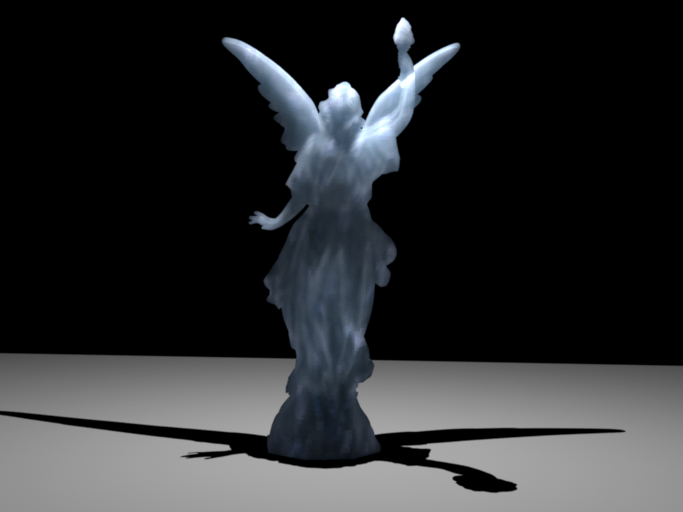
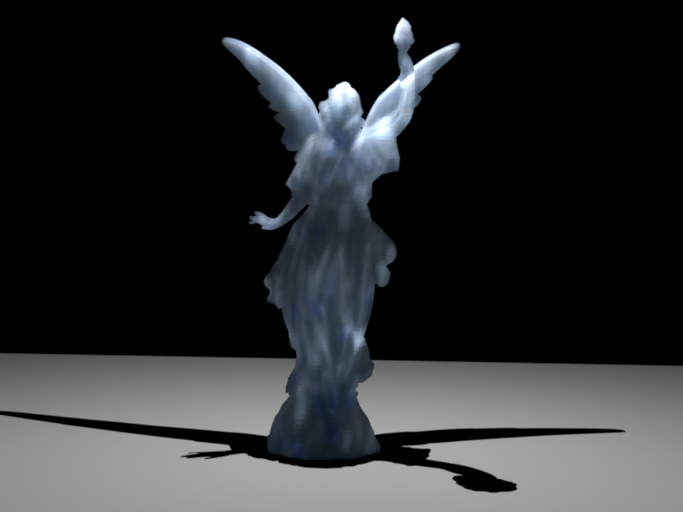


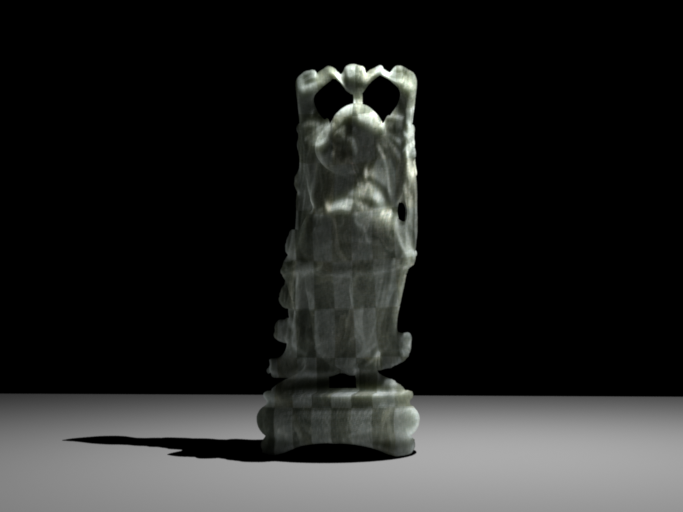
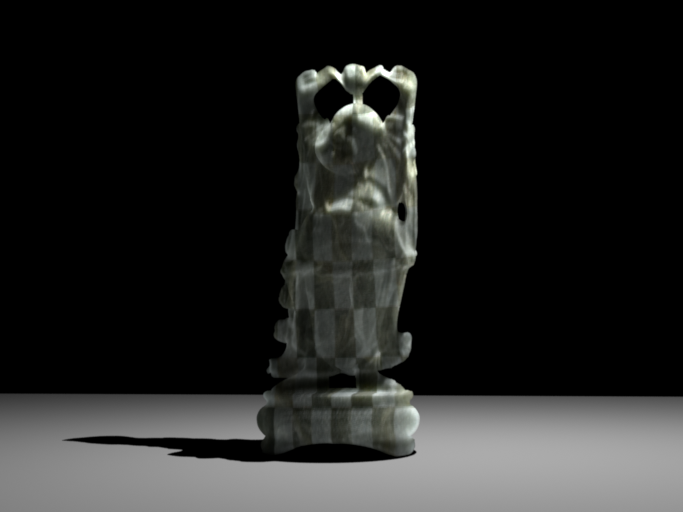

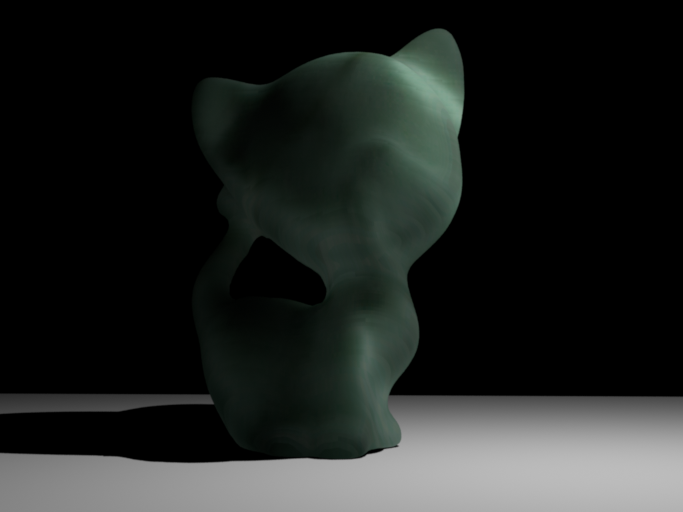
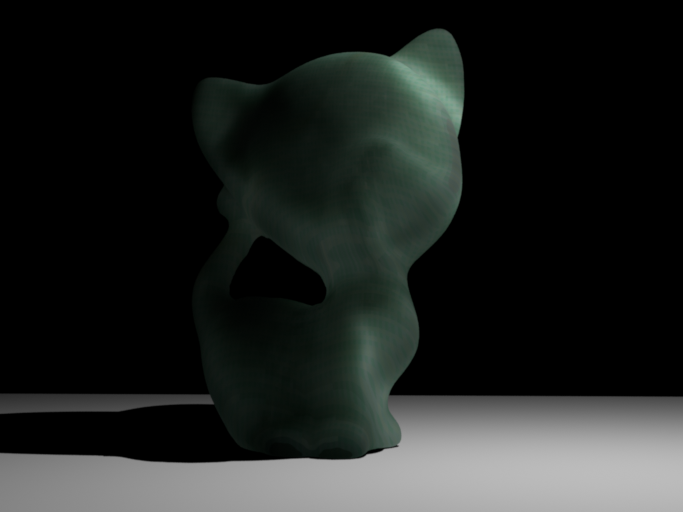
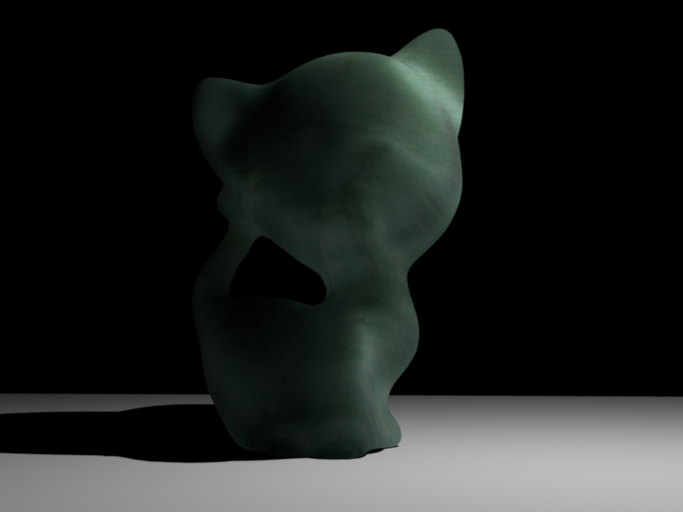
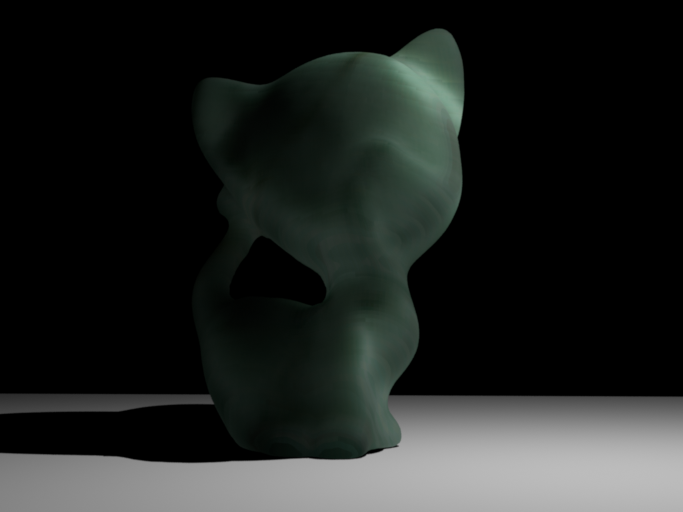

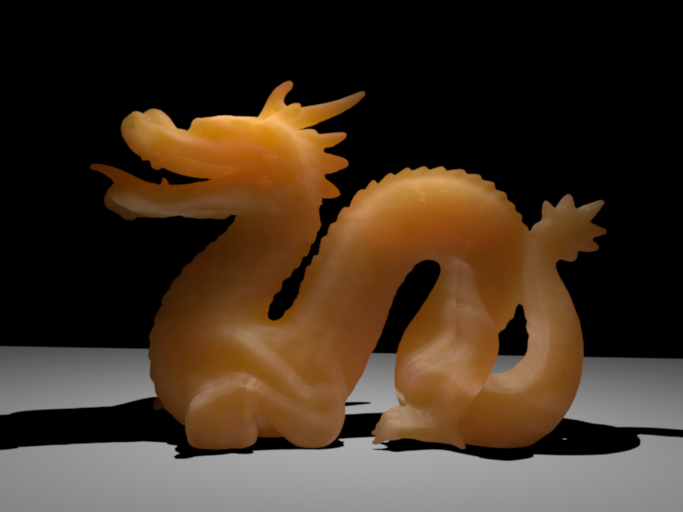
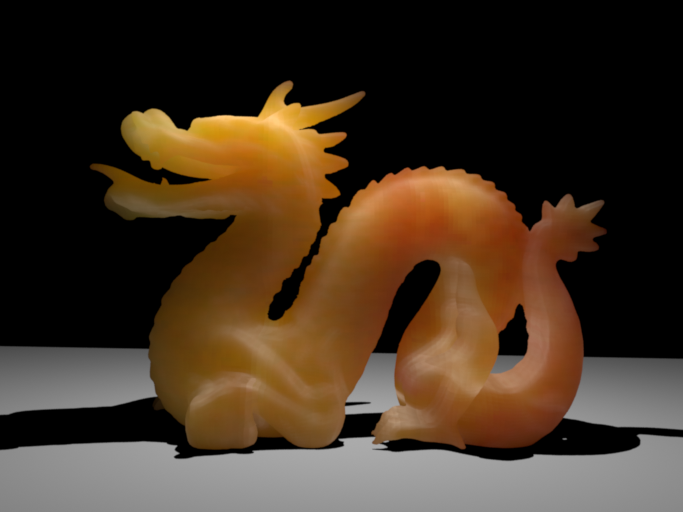

Comparison of difference images with various K terms
The visual comparisons of the color-coded difference images of our GenSSS representation with various K parameters. From top to bottom: artificial stone, chessboard (8×8), marble (close up) and yellow wax materials on lucy, buddha, kitten and dragon objects, respectively:
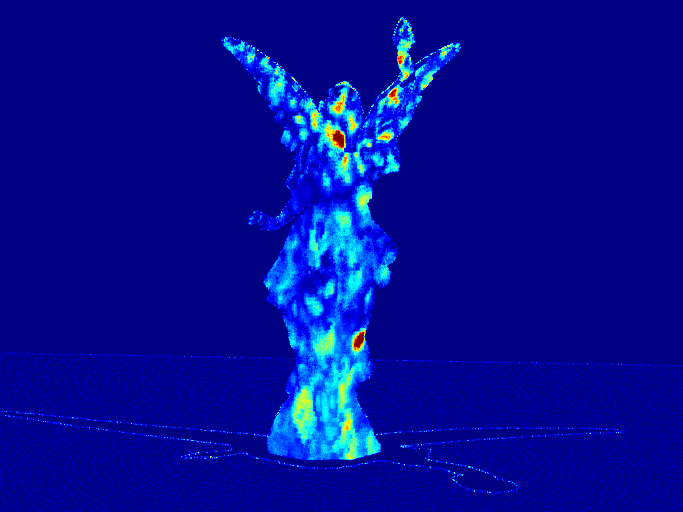
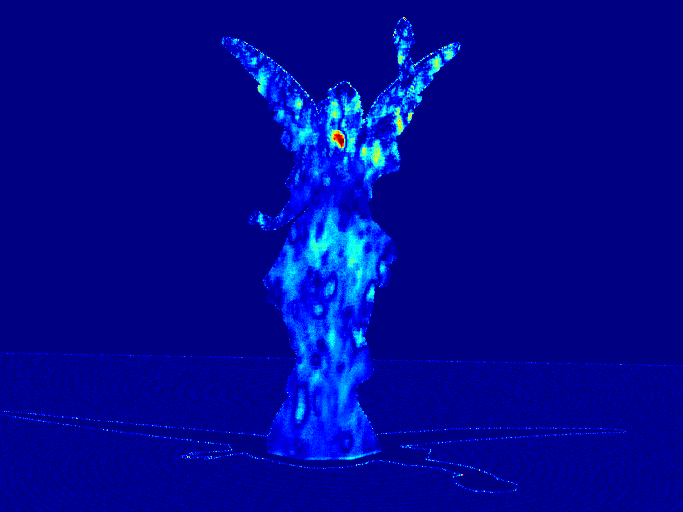
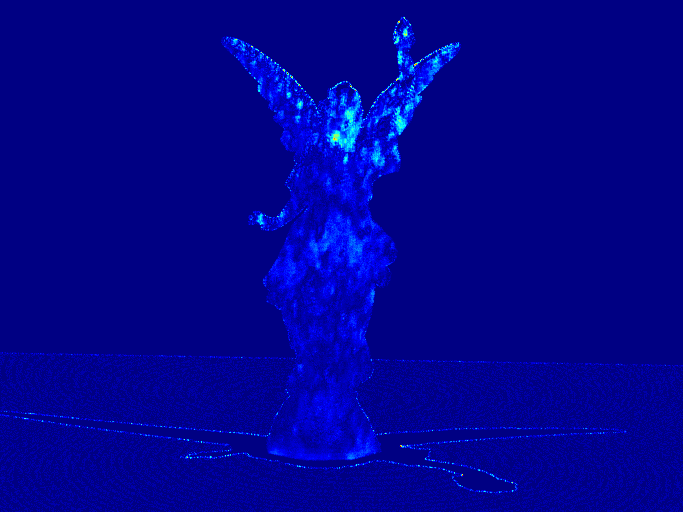
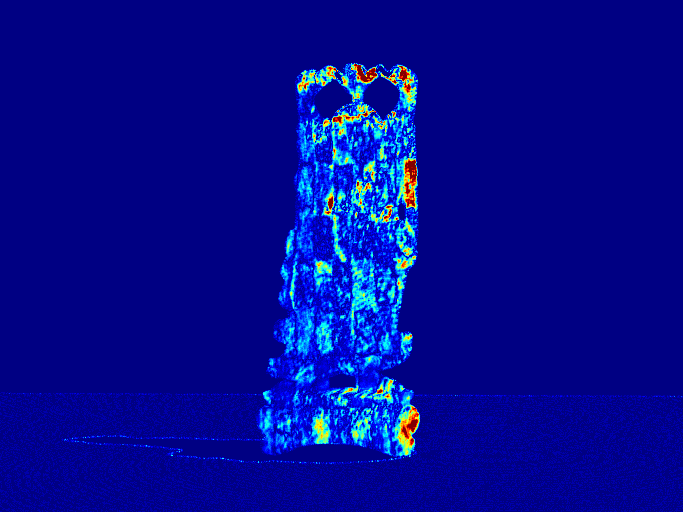

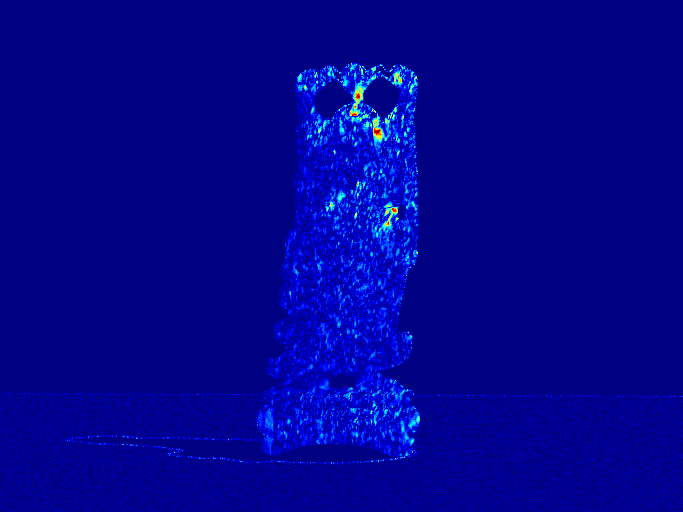
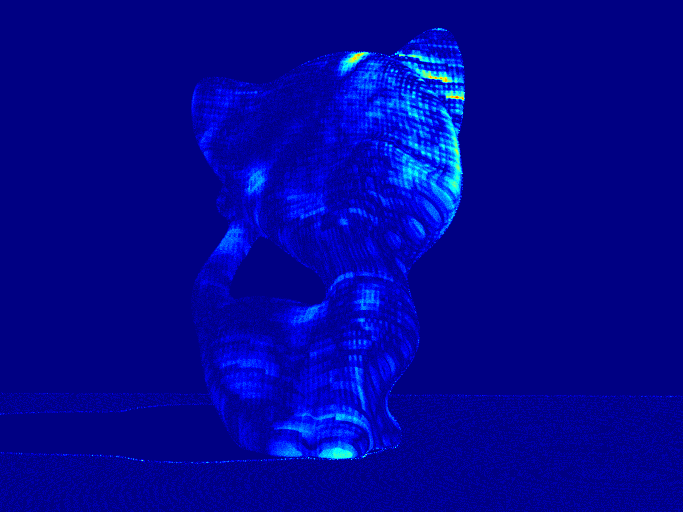



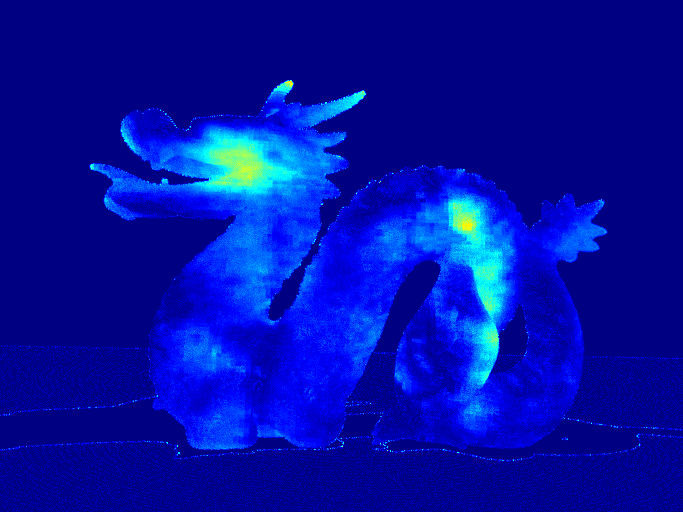
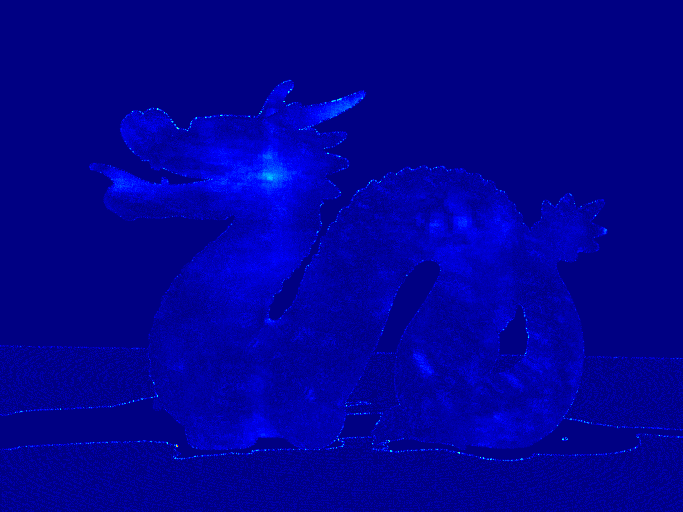
Comparison of subsurface scattering representations
The visual comparisons between the SubEdit model [2009] and our GenSSS model at comparable data sizes. The scenes were rendered at 16 samples / pixel. From top to bottom: blue wax, chessboard (4×4), jade and yellow wax materials on dragon, buddha, dragon and statue objects, respectively:
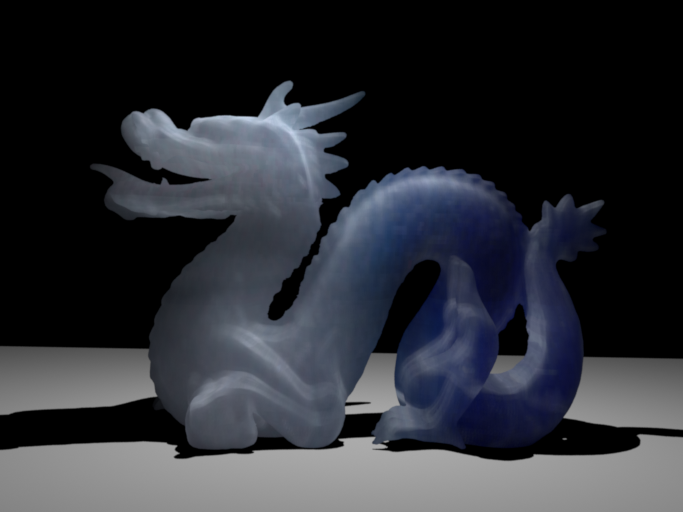
![SubEdit model [2009]](GenSSScomparisonv2/subedit_dragon_bluewax.png)
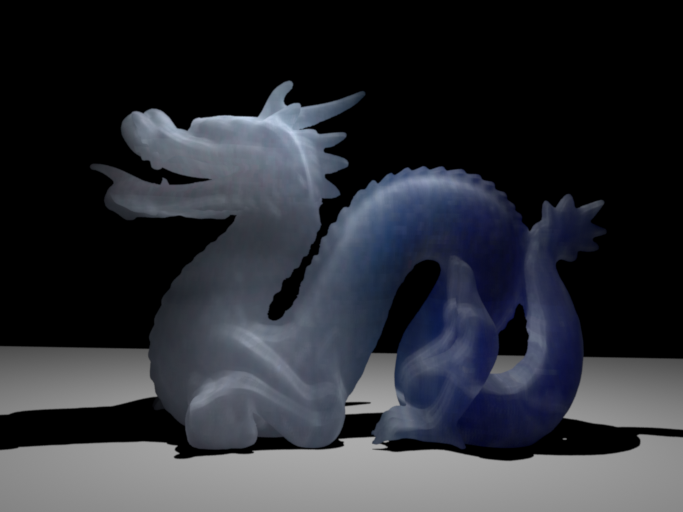

![SubEdit model [2009]](GenSSScomparisonv2/subedit_buddha_chess4x4.png)
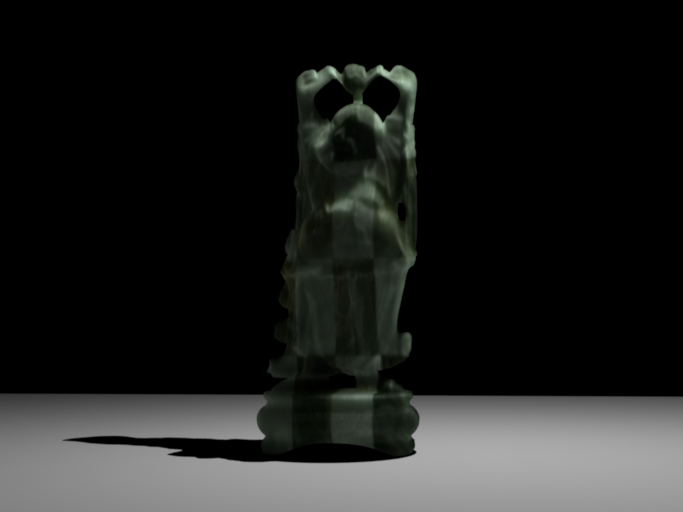

![SubEdit model [2009]](GenSSScomparisonv2/subedit_dragon_jade.png)

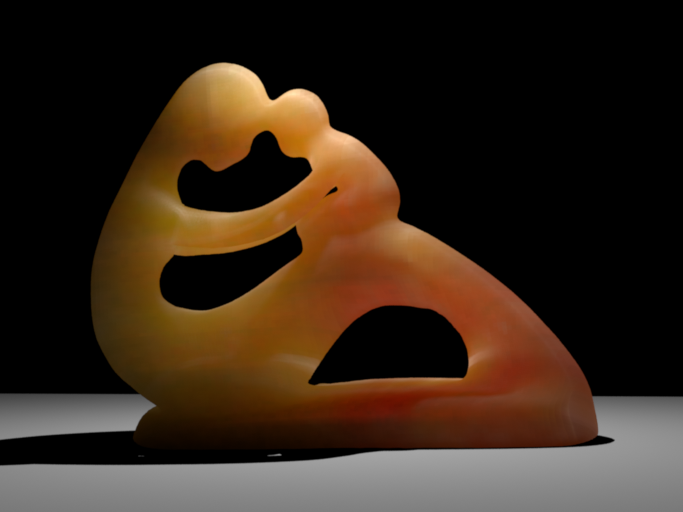
![SubEdit model [2009]](GenSSScomparisonv2/subedit_statue_yelwax.png)

The visual comparisons between the NMF based model (similar to Peers et al. [2006]) and our GenSSS model at comparable data sizes. The scenes were rendered at 16 samples / pixel. From top to bottom: blue wax, chessboard (4×4), chessboard (8×8) and yellow wax materials on buddha, statue, dragon and lucy objects, respectively:
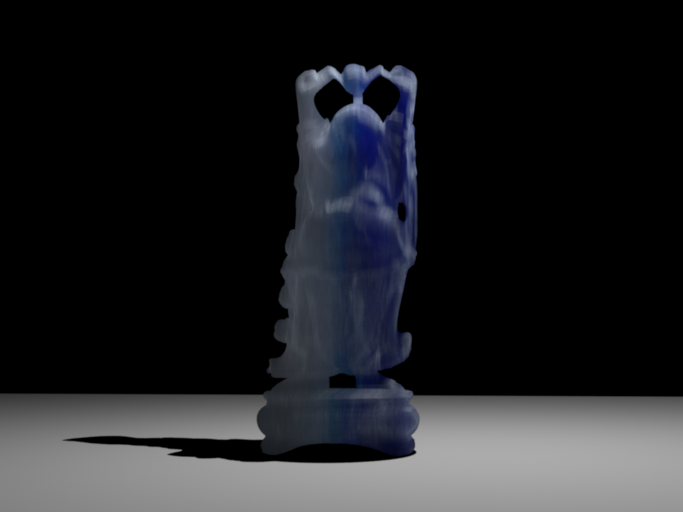
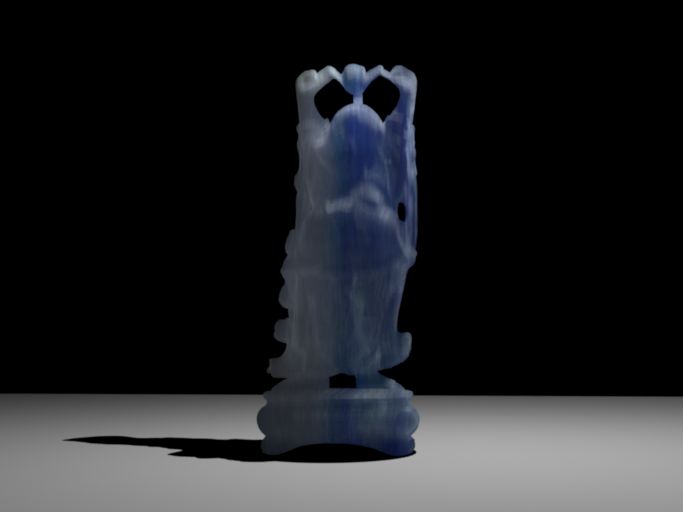
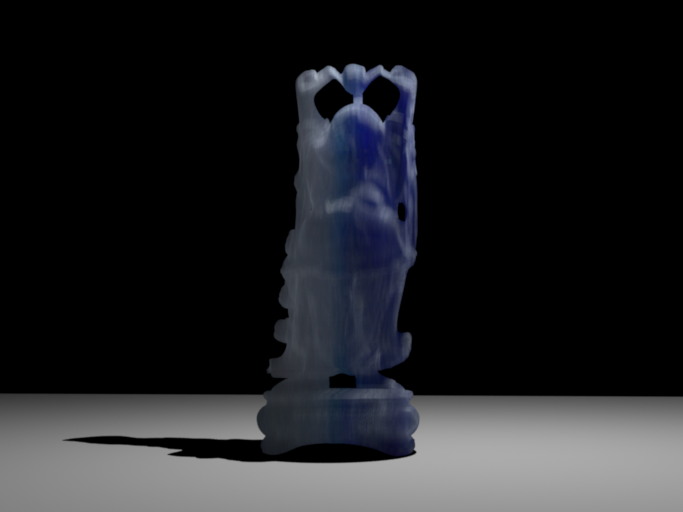

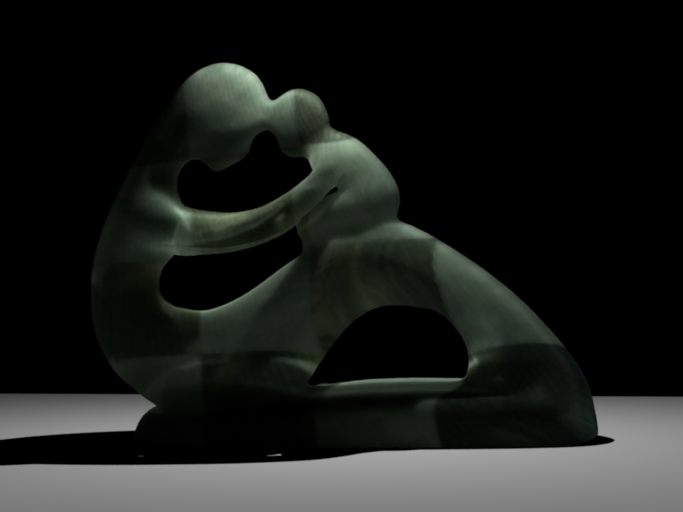



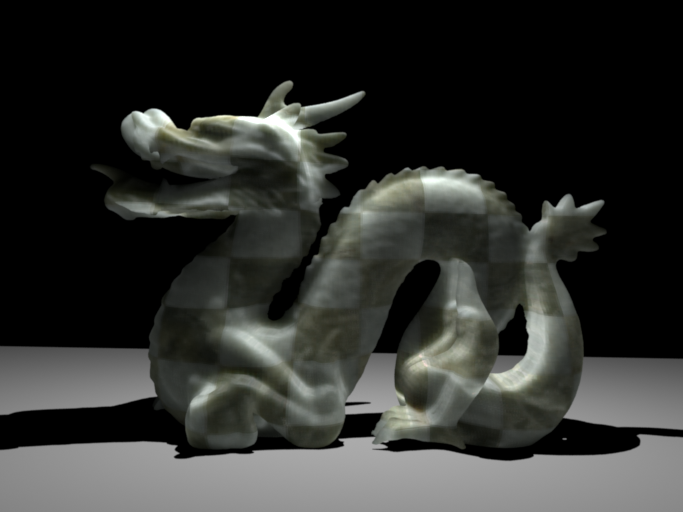
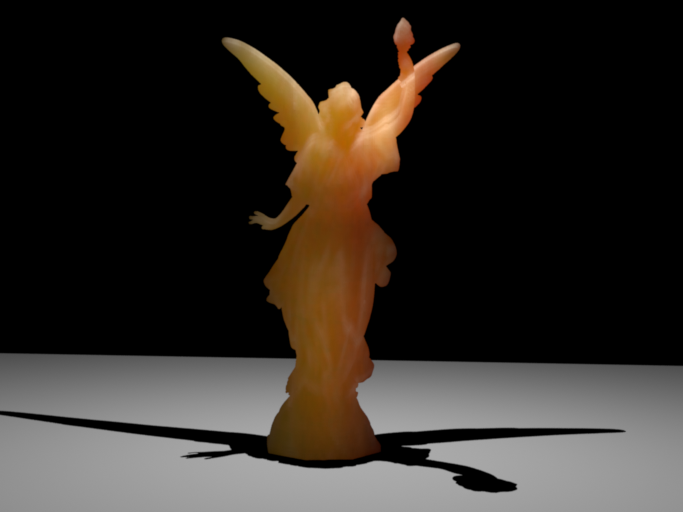
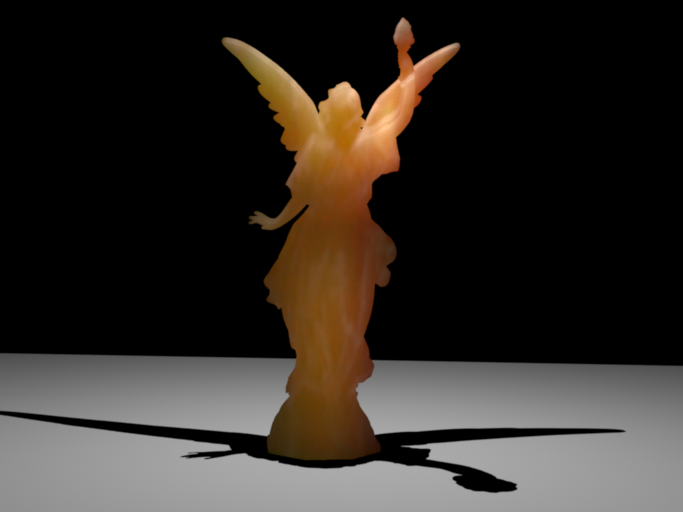

Comparison of difference images
The visual comparisons of the color-coded difference images between the SubEdit model [2009] and our GenSSS model at comparable data sizes. From top to bottom: blue wax, chessboard (4×4), jade and yellow wax materials on dragon, buddha, dragon and statue objects, respectively:
![SubEdit model [2009]](GenSSScomparisonv2/subedit_dragon_bluewax_diff.png)
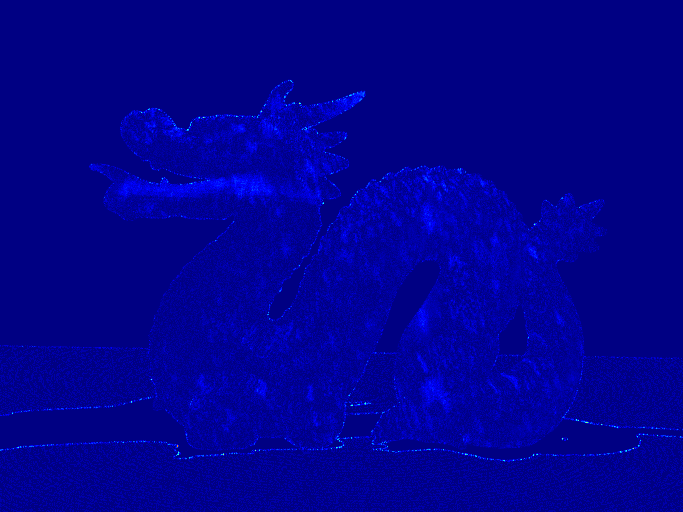
![SubEdit model [2009]](GenSSScomparisonv2/subedit_buddha_chess4x4_diff.png)
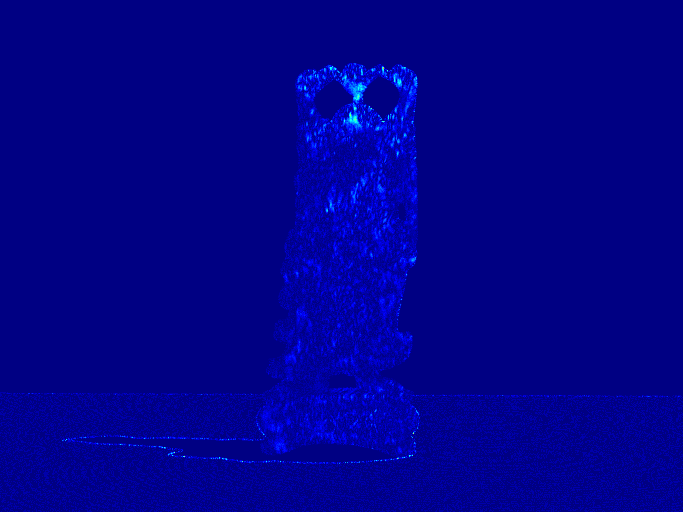
![SubEdit model [2009]](GenSSScomparisonv2/subedit_dragon_jade_diff.png)
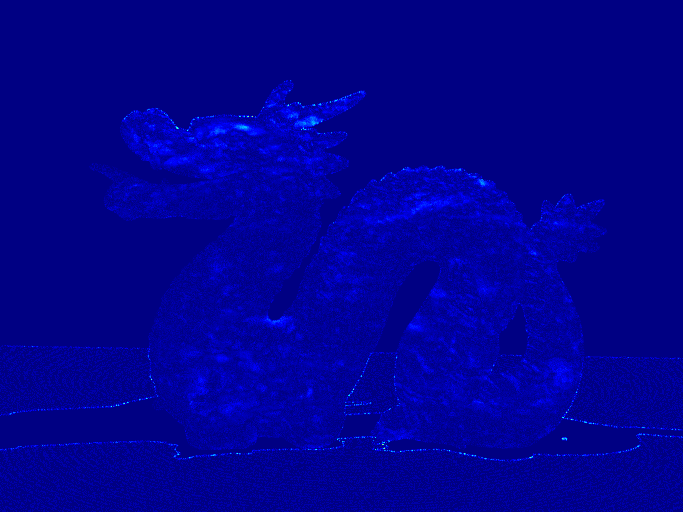
![SubEdit model [2009]](GenSSScomparisonv2/subedit_statue_yelwax_diff.png)

The visual comparisons of the color-coded difference images between the NMF based model (similar to Peers et al. [2006]) and our GenSSS model at comparable data sizes. From top to bottom: blue wax, chessboard (4×4), chessboard (8×8) and yellow wax materials on buddha, statue, dragon and lucy objects, respectively:

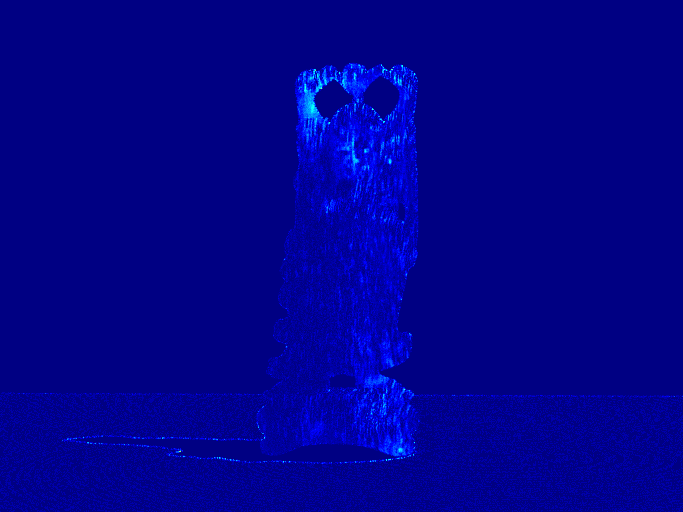
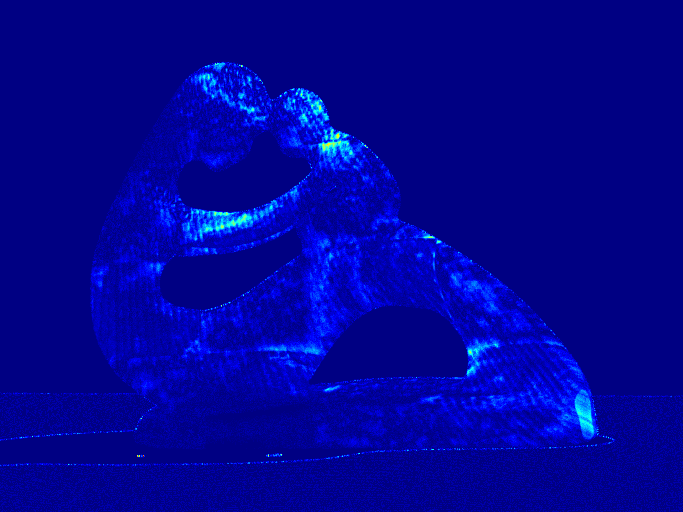
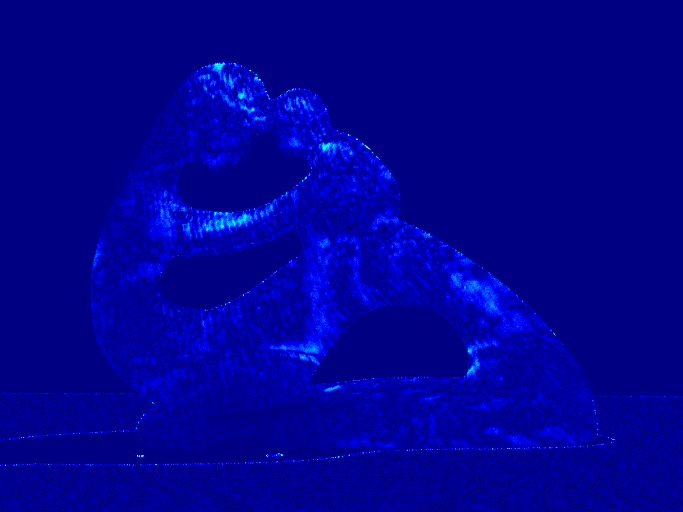
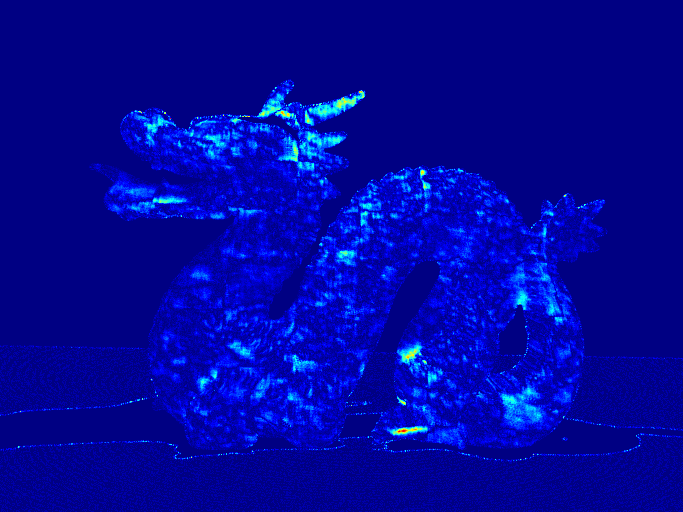



Comparison of response images
Side-by-side comparison between the SubEdit model [2009] and our GenSSS model at comparable data sizes:
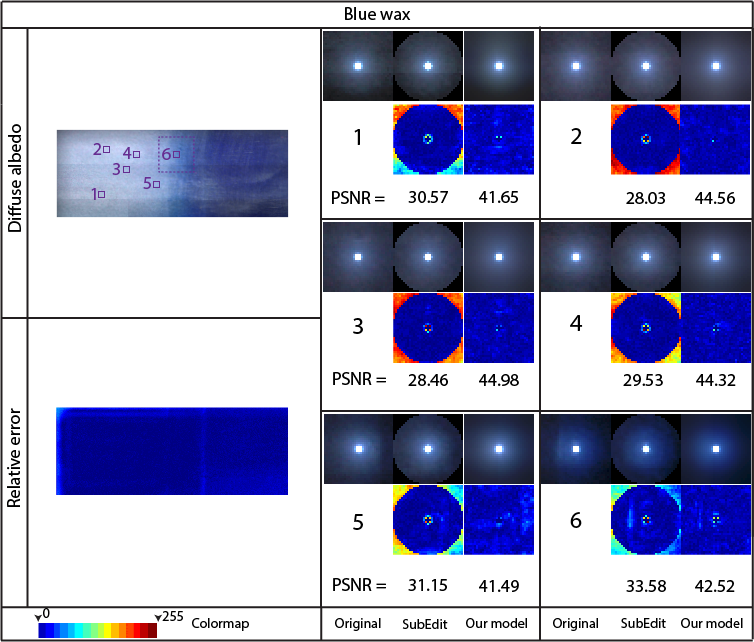

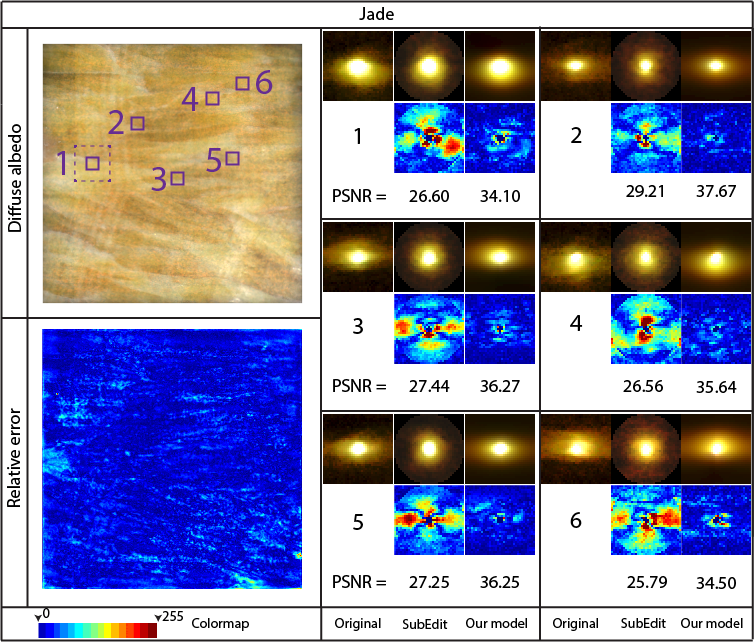
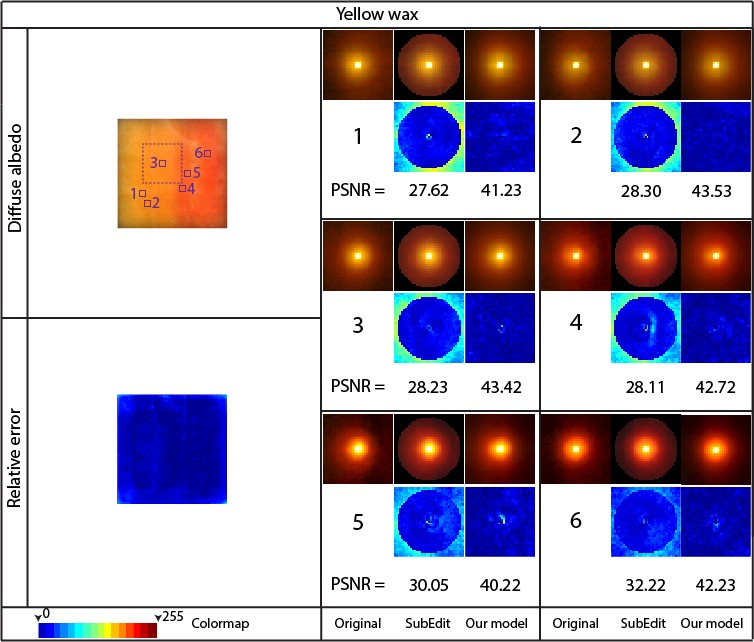
Side-by-side comparison between Peers et al.'s model [2006] and our GenSSS model at comparable data sizes:


Comparison of albedo images
The visual comparisons between the SubEdit model [2009] and our GenSSS model at comparable data sizes. From top to bottom: chessboard (4×4) and jade materials:
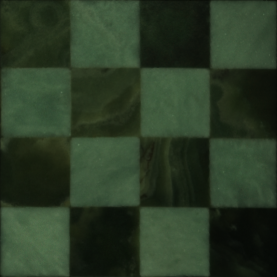
![SubEdit model [2009]](GenSSScomparisonv2/subEdit_albedo_chess4x4.png)
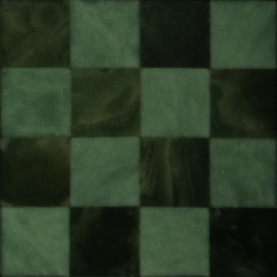
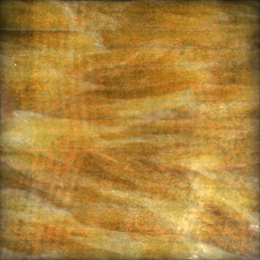
![SubEdit model [2009]](GenSSScomparisonv2/subEdit_albedo_jade.png)
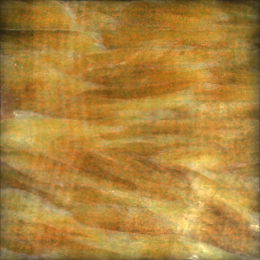
The visual comparisons of the color-coded difference images between the SubEdit model [2009] and our GenSSS model at comparable data sizes. From top to bottom: chessboard (4×4) and jade materials:
![SubEdit model [2009]](GenSSScomparisonv2/subEdit_albedo_chess4x4_diff.png)

![SubEdit model [2009]](GenSSScomparisonv2/subEdit_albedo_jade_diff.png)
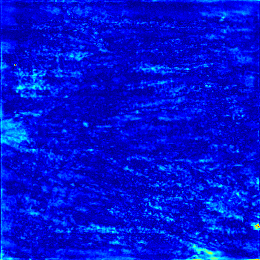
Application
Our application can be used to convert heterogeneous translucent materials into homogeneous ones by simply using a rank-1 approximation of SVD. From top to bottom: artificial stone, blue wax, chessboard (4×4), chessboard (8×8), jade and yellow wax materials on dragon, lucy, statue, buddha, dragon and statue objects, respectively:
